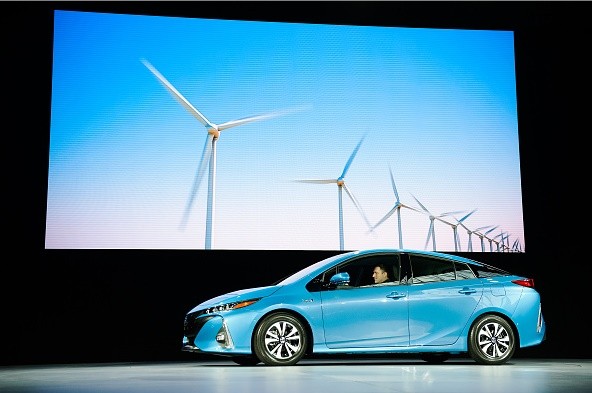Japanese automaker Toyota Motor Corp. has found a way to observe the movement of lithium ions, the particles inside lithium ion batteries. With this, the company just might be able to increase the range of electric vehicles by 10 to 15 percent.
The breakthrough, according to Toyota engineer Hisao Yamashige, as quoted by Forbes, is "the world's first method for observing the behavior of lithium ions in an electrolyte when a battery charges and discharges." It took the researchers three years to be able to finally observe the movement of lithium ions from the battery's negative to its positive side.
During charging and recharging, ions move inside electrodes, and if "the ions can no longer flow freely, they get blocked, and battery performance decreases," said Yamashige. By being able to observe the ions, the researchers may be able to develop electric vehicle batteries that can last longer on a single charge.
Toyota conducted the research using the Spring-8 synchroton, developed by RIKEN Institute and the Japan Atomic Energy Research Institute and located at the Hyogo Prefecture. It is a 5,000-ft. diameter ring built around a hill. Researchers reportedly used strong radiation on the batteries and a high-speed camera to capture images of the movements.
Toyota is the maker of the Prius, a hybrid vehicle which utilizes an electric motor and a gas-powered combustion engine. The company is currently not manufacturing a full electric vehicle, but its competitor Nissan Motor Co. is. The total range of the full electric 2017 Nissan Leaf is 107 miles, according to the U.S Department of Energy.
Toyota's research findings will be presented at the 57th Battery Symposium/ 20th International Symposium on Batteries, Fuel Cells and Capacitors, to be held at the Makuhari Messe International Conference Hall in Tokyo from Nov. 29 to Dec. 1. It could take another two to three years before batteries that are 10 to 15 percent better are commercialized.



























